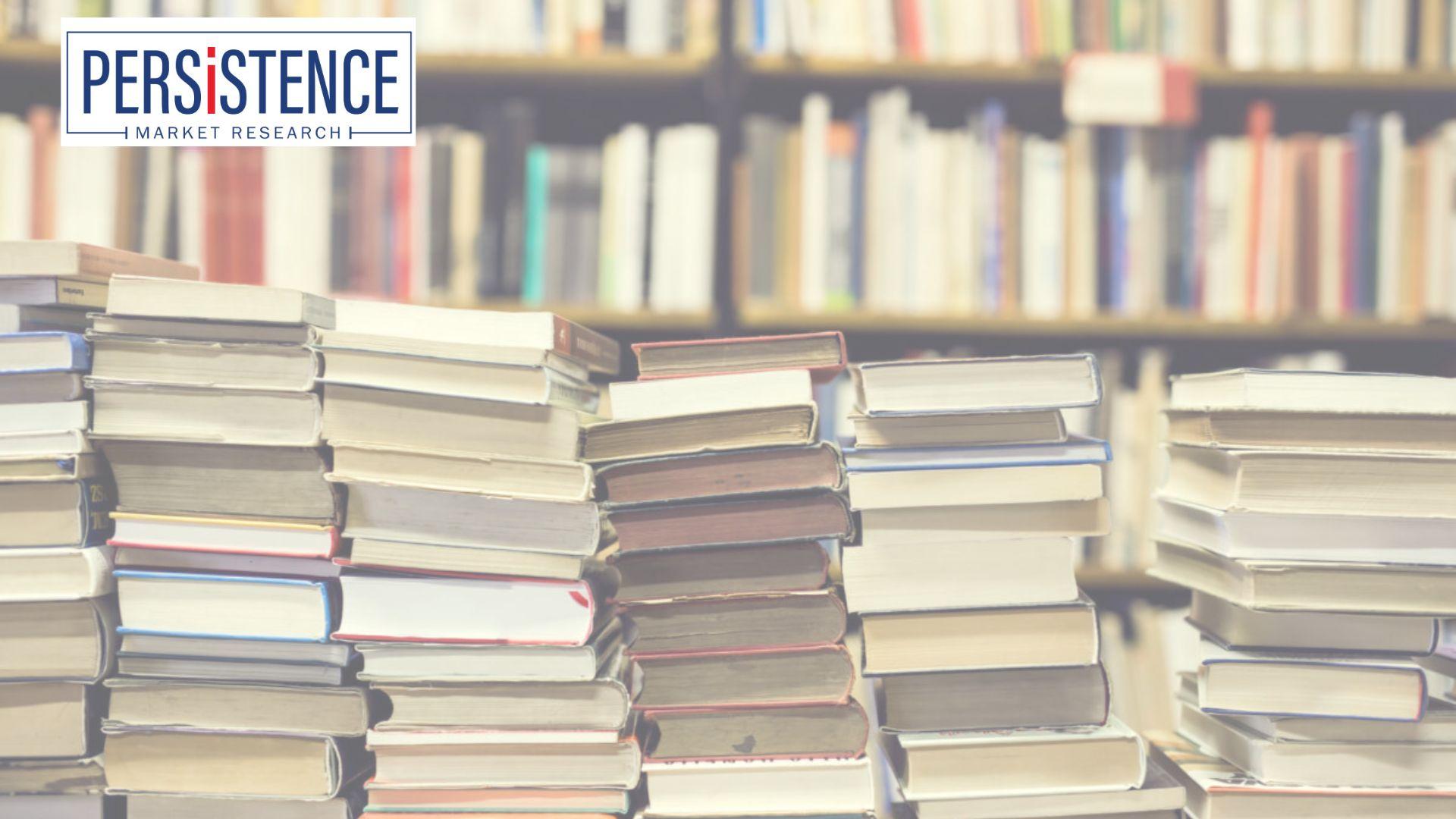A Guide to Sustainable Book Buying Trends

In an era where environmental consciousness is at the forefront of consumer behavior, book lovers are joining the movement toward sustainability. While the joy of a new book is timeless, the way we source, buy, and consume books is evolving to meet the demands of an eco-conscious world. From digital alternatives to second-hand treasures, here’s a guide to the latest sustainable book-buying trends that are transforming the literary landscape.
1. E-books: A Digital Shift for Environmental Savings
One of the most significant shifts in the book industry is the growing popularity of e-books. Digital books offer an eco-friendly alternative to traditional print, eliminating the need for paper, ink, and the resources required to produce and transport physical books. With e-readers and apps on the rise, readers can now carry entire libraries in their pocket while significantly reducing their carbon footprint.
Sustainable Tip: Choose e-books for new releases or short reads. Many platforms also offer classics for free, allowing you to expand your reading list while reducing waste.
2. Second-Hand Books: Reducing Waste, Reviving Stories
The charm of second-hand books is undeniable. These pre-loved treasures not only provide a cost-effective way to build your collection but also reduce the demand for new paper production. From local bookstores to online platforms like eBay and ThriftBooks, second-hand shopping is gaining popularity among eco-conscious readers.
Sustainable Tip: Support local thrift stores or online second-hand bookshops. Many of these outlets contribute to community initiatives or charitable causes, making your purchase a double win.
3. Book Swapping and Sharing Communities
Book swapping has emerged as a creative and community-driven way to enjoy new reads without buying new books. Platforms like BookCrossing and Little Free Library allow readers to share books with others, creating a sustainable cycle of book exchange. This trend not only reduces waste but fosters a sense of community among readers.
Sustainable Tip: Start a book swap club with friends or neighbors. It’s a great way to discover new genres and authors while promoting sustainability.
4. Eco-friendly Publishers and Print-on-Demand Options
Many publishers are responding to the call for greener practices by using recycled paper, vegetable-based inks, and environmentally friendly production methods. Print-on-demand services have also emerged as a sustainable solution, reducing overproduction and minimizing waste by printing books only when ordered.
Sustainable Tip: Look for publishers that prioritize sustainable practices. When purchasing new books, check for eco-friendly certifications, such as Forest Stewardship Council (FSC) certification.
5. Support Local and Independent Bookstores
Buying locally not only supports your community but also reduces the carbon footprint associated with shipping books across long distances. Independent bookstores are often champions of sustainable practices, offering locally sourced materials and curating second-hand collections.
Sustainable Tip: Explore your local indie bookstore. Many offer events, author talks, and curated recommendations, making book buying an experience rather than a transaction.
6. Opt for Audiobooks
For busy readers, audiobooks offer a convenient and eco-friendly way to enjoy literature. By cutting out physical materials, audiobooks significantly reduce the environmental impact of book consumption. Services like Audible, Libro.fm, and Scribd offer thousands of audiobooks across every genre, making it easy to find something you love.
Sustainable Tip: Consider switching to audiobooks for your next road trip or daily commute. It’s a hands-free, environmentally friendly way to enjoy stories on the go.
7. Borrowing from Libraries: A Timeless Sustainable Choice
Libraries have always been a sustainable option for book lovers, offering access to a wide range of titles without the need to buy. Today, libraries are more accessible than ever, with many offering digital lending services for e-books and audiobooks.
Sustainable Tip: Get a library card if you don’t already have one! Many libraries offer digital platforms like OverDrive or Libby, making borrowing books easy and convenient from your home.
8. Upcycling and Creative Repurposing of Old Books
For books that are beyond repair or no longer usable, upcycling provides a creative solution. Old, worn-out books can be transformed into home décor, journals, or art pieces, giving them new life and purpose rather than sending them to a landfill.
Sustainable Tip: Try your hand at a DIY project using old books. From book planters to wall art, the possibilities are endless.
9. Minimalism: Quality Over Quantity
Minimalism is another emerging trend among book lovers. Rather than amassing large collections of books that may go unread, many readers are focusing on buying fewer, high-quality books that resonate with them deeply. This approach emphasizes intentionality and reduces waste by curbing unnecessary purchases.
Sustainable Tip: Be selective about the books you buy. Focus on quality over quantity, and prioritize books that you will cherish and re-read over time.
Conclusion
Sustainable book buying doesn’t mean you have to give up your love of reading. By embracing these eco-friendly trends, you can continue to explore new worlds, ideas, and stories while minimizing your environmental impact. Whether it’s through digital formats, second-hand finds, or supporting eco-conscious publishers, there are countless ways to be a more sustainable reader.
- Art
- Causes
- Crafts
- Dance
- Drinks
- Film
- Fitness
- Food
- Jeux
- Gardening
- Health
- Domicile
- Literature
- Music
- Networking
- Autre
- Party
- Religion
- Shopping
- Sports
- Theater
- Wellness
- IT, Cloud, Software and Technology


